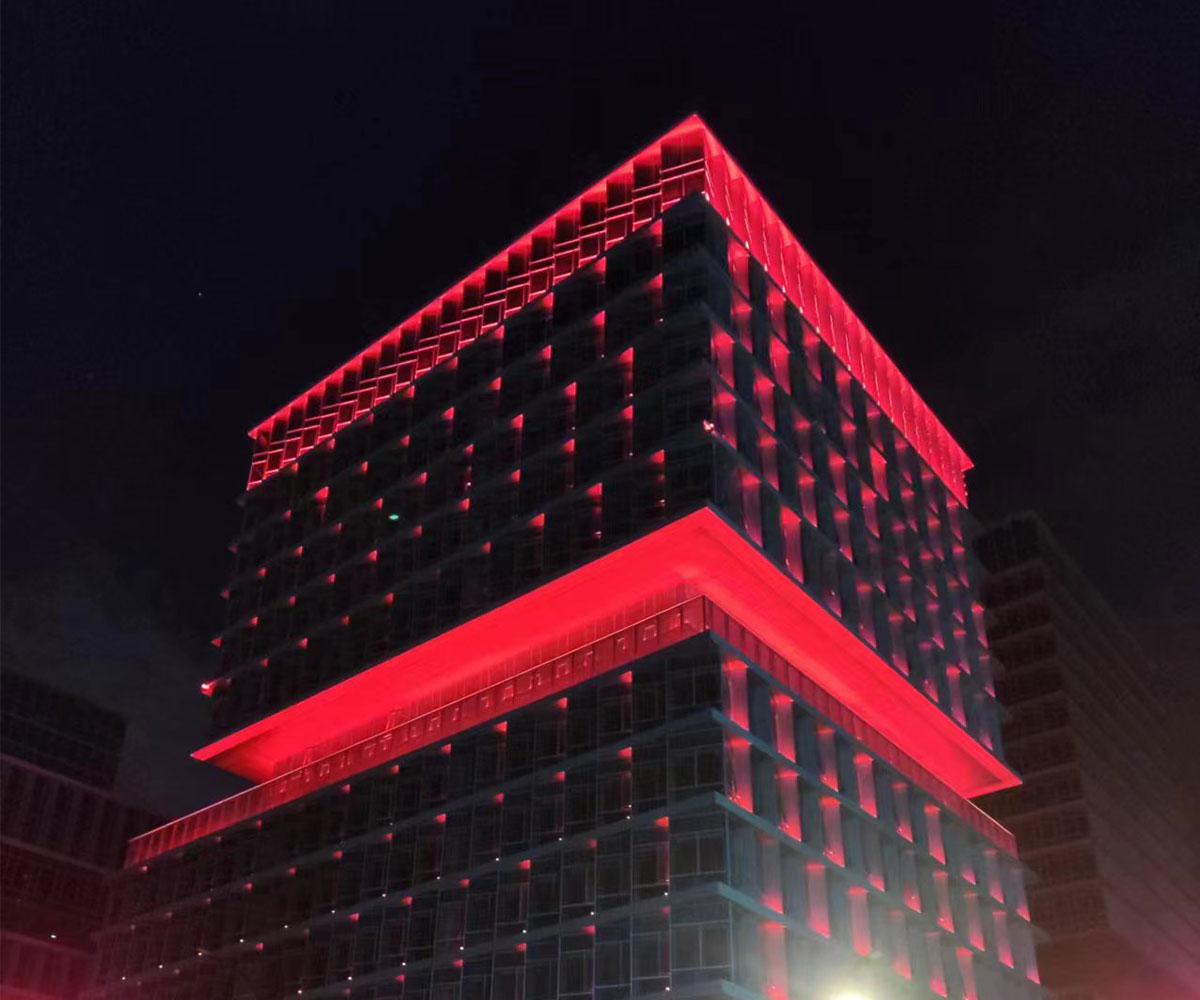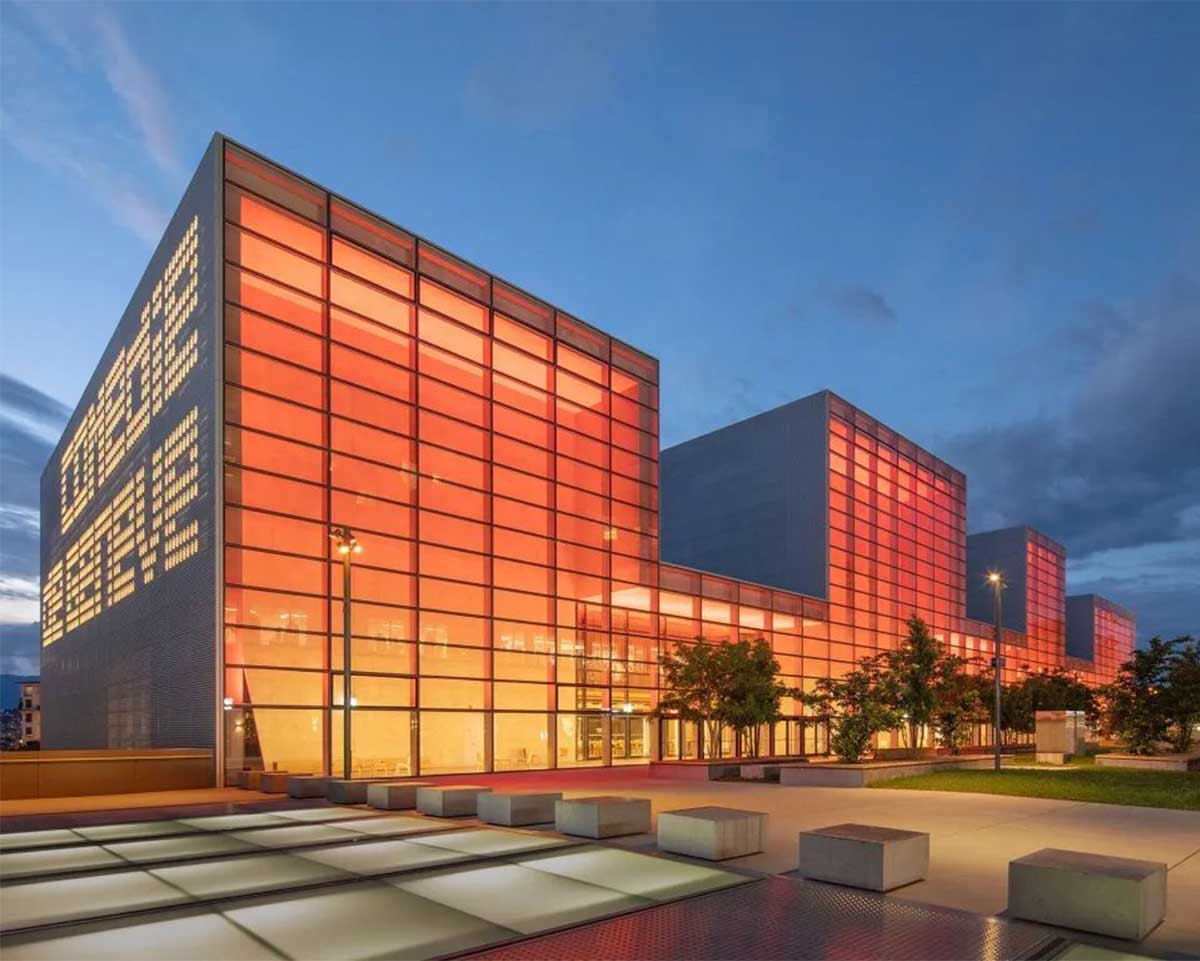List of Top 10 Common Problems With Led Lighting
Are you having trouble with your LED lights? Do they turn off unexpectedly, or do they flicker a lot?
If so, you’re not alone, then.
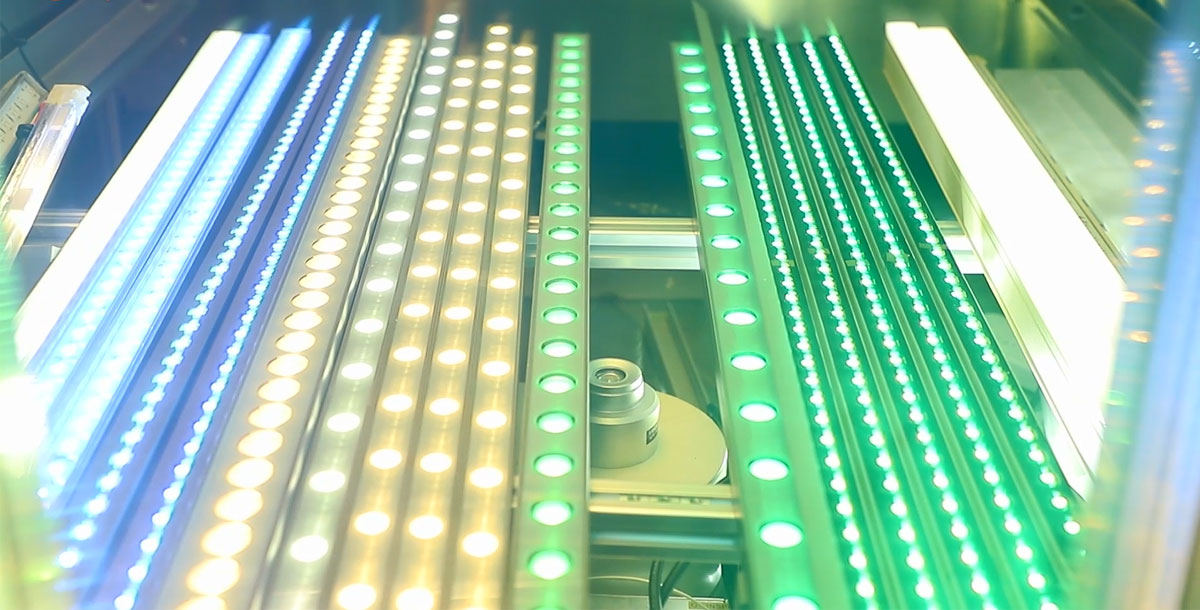
LEDs are definitely an excellent modern-day substitute for tube lights and incandescent bulbs. They offer energy efficiency and longevity but can also have common troubles like flickering color rendering and compatibility issues. Though LED lighting has numerous benefits, it also has drawbacks. Today, in this article, we will study common problems with LED lighting and deliver solutions to help repair the functionality of your LED lighting system.
Read on further to troubleshoot LED lighting.
1. What Is LED Lighting?
LED lighting is a technology in which the light source is light-emitting diodes or LEDs. These lights provide color illumination. Warm white light, brilliant white light, and colored light can all be used. LEDs are also helpful for lighting showcases, stages, theaters, and cars. Because they produce so little heat and are unaffected by power fluctuations, they are also safer.
2. 10 Common Problems & Fixes With LED Lighting
Here are some common problems with LED lighting and how to fix them:
2.1) Flickering
An often occurring problem with LED lights is flickering. Use of unsuitable dimmer switches or variations in the power supply are common causes of it. In homes, flickering may be apparent when you turn down the lights for a romantic dinner or movie.
Ensure you use a dimmer switch made for LED lights or stabilize the power supply to fix this problem. Moreover, putting money into premium LED linear facade lights with integrated flicker-free technology can offer a more steady illumination experience.
2.2) Buzzing
LED lighting may buzz or hum when connected to an unsuitable dimmer switch. This issue should be resolved by switching out the dimmer switch for one made especially for LEDs.
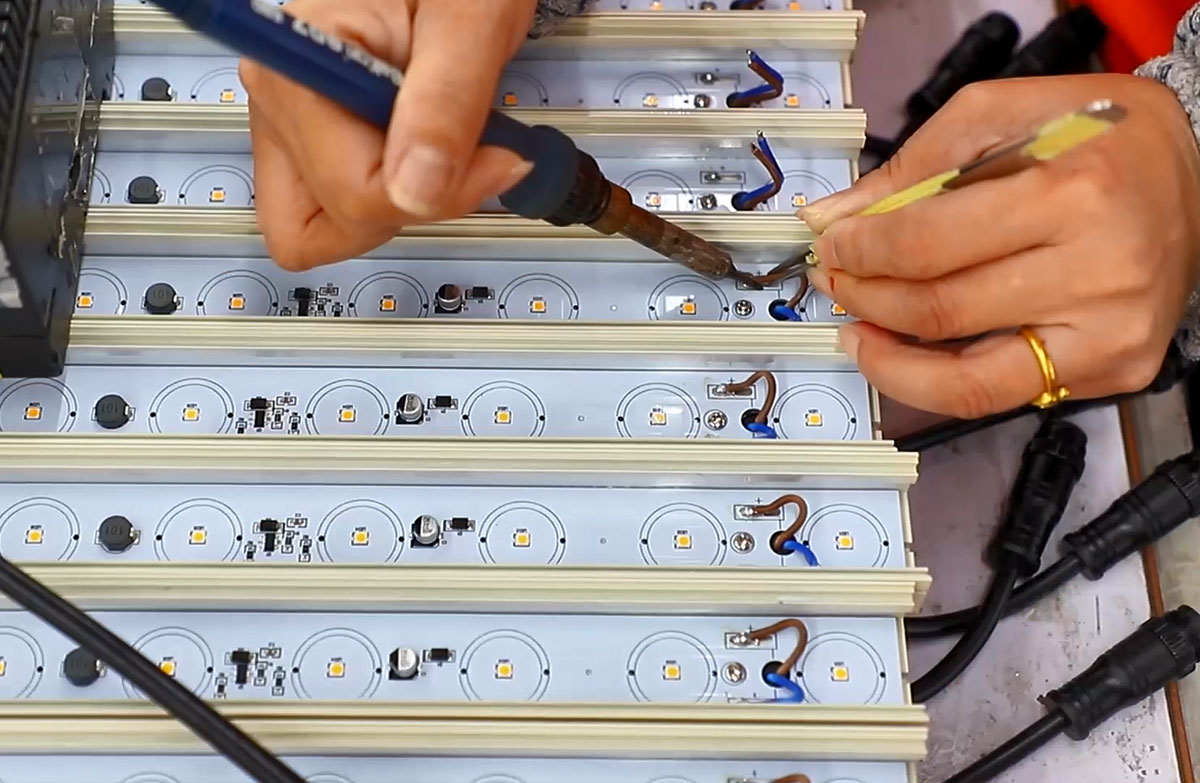
An alternative way to stop the buzzing is to completely remove the dimmer switch and use a regular on/off switch. To prevent this problem in the first place, be sure the LED lights you buy work with the dimmer switch you have selected.
2.3) Overheating
Though they produce less heat than incandescent bulbs, improper installation or inadequate heat dissipation can cause LED lights to overheat. Reduced bulb life or, in severe circumstances, a fire hazard might result from overheating.
Ensure the LED bulbs have enough airflow and are placed in fixtures made primarily to avoid overheating.
2.4) LED Flashes on and then Goes off
It happens because of malfunctioning fixture drivers. Sometimes, an LED flashes and then turns off because the voltage applied to it is higher than it needs. Better still, give a technician a call if you run across this problem.
2.5) UV and IR Emission
Photon emission by LEDs transforms electrical energy into light energy. Radiation, both visible and infrared, can be released as a result. One way to solve this issue is using certain coatings, such as LED pixel point lights. It is an IR and UV radiation absorber. Particular encapsulation or low thermal conductivity materials can also lessen UV and IR radiation.
2.6) Wrong LED Beam Angle
If your LED lights aren't giving you the light you want, it might be because the LED beam angle is off. The angle of the LED beam determines how far the light will reach. If you choose the right LED beam directions, the light may be less bright and spread out evenly.
2.7) Wrong Color Display
A white LED might start to turn yellow. This happens often, especially with LED strips. It occurs because the LEDs get too hot, and there isn't enough airflow to cool them down. Always choose the best LEDs to avoid this problem. There is a wide range of color-changing LED wall washers that use little power and put out a lot of lumens.
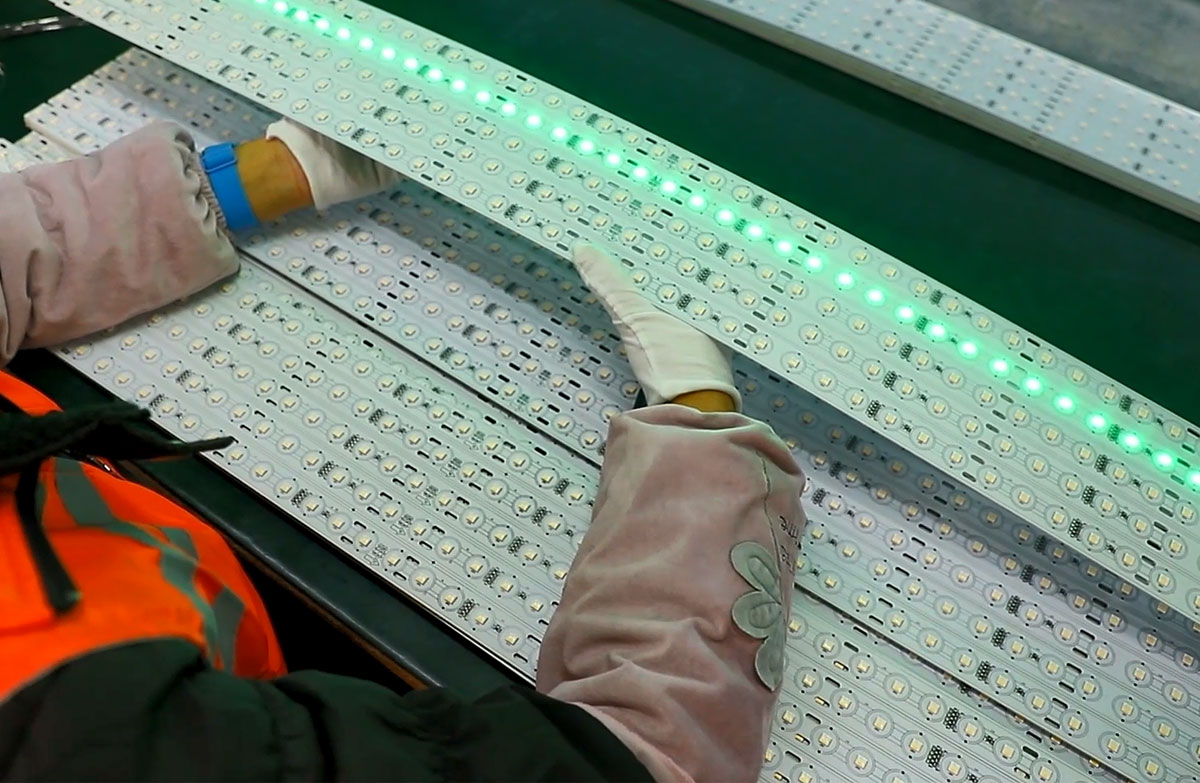
2.8) Inadequate Brightness
LED lights might not give off enough light for reading or working on a computer. This can happen if you use low-lumen bulbs or if a room doesn't have enough light sources. To fix this issue, choose LED bulbs with a higher lumen number to make the light brighter.
2.9) Low Color Rendering Index
Anything you see in Lighting will be less bright or transparent if the CRI is low. It's like taking pictures. Even though 80 CRI is good, you can get an LED with 90+ CRI for more rich and colorful light.
2.10) Improper Use of LED Lights
LED lights can be dangerous if they are used incorrectly. Electricity flows through a semiconductor in an LED to make light, helping them use less energy. Make sure you follow the manufacturer's directions when you install LED lights.
3. Tips To Troubleshoot Common Problems with LED Lights
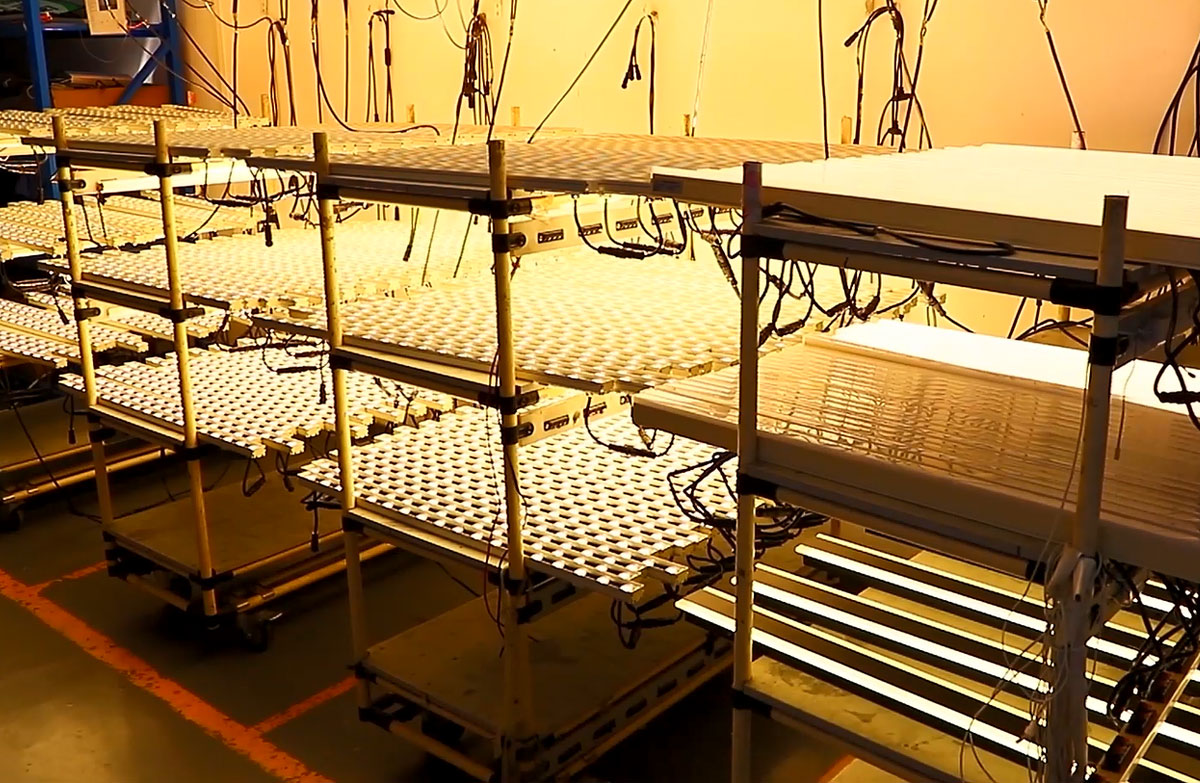
Here are some common LED troubleshooting tips:
3.1) Verify that the power supply and LED lights function by turning on the power. Look at the connections between the LED lights and the power source if they don't light up.
3.2) Examine the LED light receptacle. Look for any indications of electrical damage or corrosion. If corrosion is discovered, clean the receptacle with a brush and cleaning solution.
3.3) Ensure that LED light connections are not inadvertently cross-wired. This can seriously damage the system. Also, verify that they are not reverse polarized. Immediately fix any mismatching or inverted polarity you notice.
3.4) Try switching to another LED light power supply. Make sure that the LED lights receive the proper power to function.
3.5) Look for any resistance. The LED operates appropriately in such cases, with no short circuit. If you replace your LED lights with no resistance, you have a short circuit.
4. Conclusion
So, here is the end of our list of common problems with LED lighting. The outlined issues and the proposed solutions aim to equip you with the knowledge necessary to effectively address and resolve any concerns that may arise within your LED lighting systems.
Above all, if you are looking for technicians to help you install your LED lights properly, LNJAMI is your option. So, don’t wait - install your LED lights with LNJAMI today!





